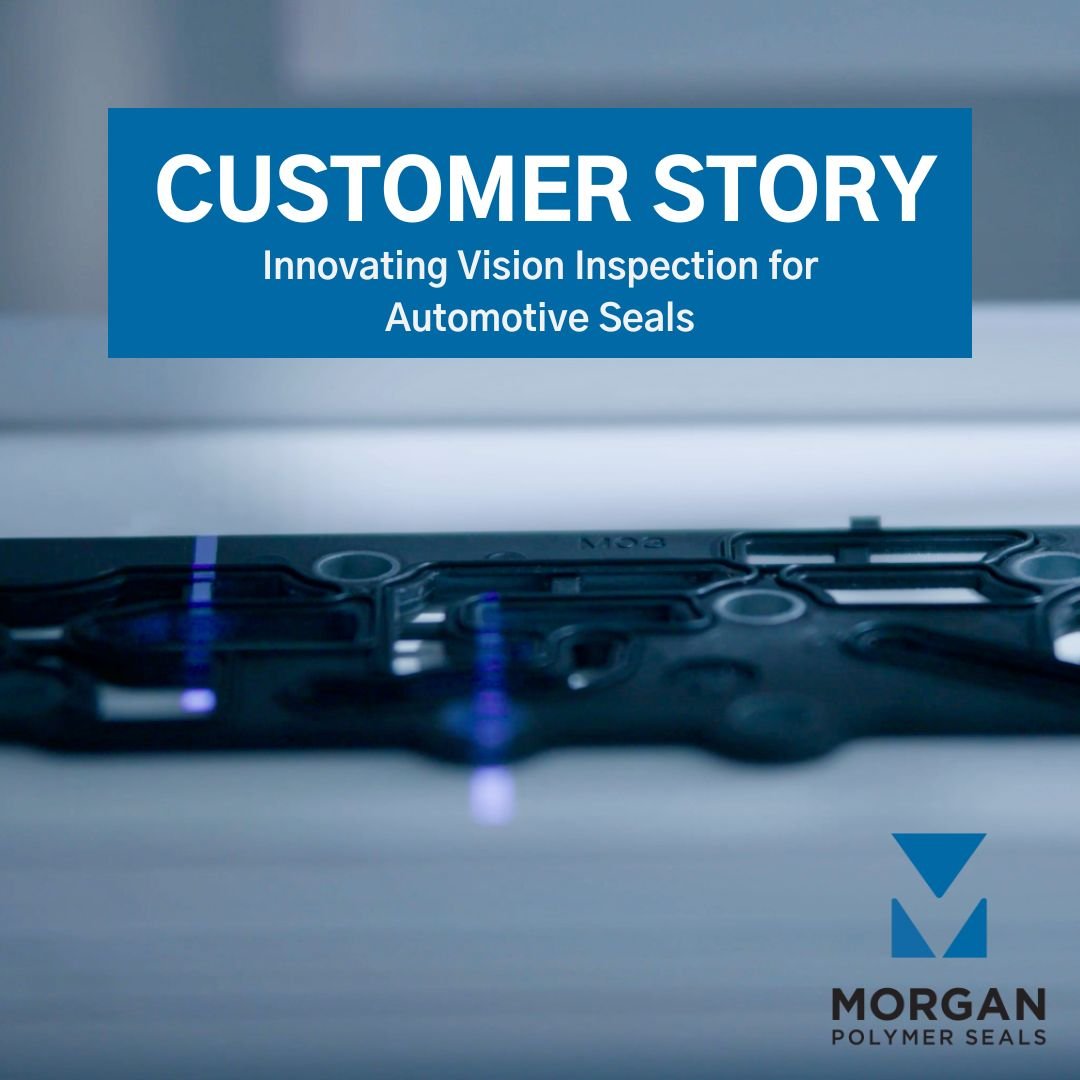Customer Story: Innovating Vision Inspection for Automotive Seals
We faced a unique challenge when our customer, Vitesco, asked us to produce T76 filter plates for automotive transmissions. These plates are crucial components, and Vitesco needed them to be entirely defect-free. However, the plates' black-on-black design made it difficult to spot defects using traditional inspection methods.
Recognizing that existing automated vision systems weren't up to the task, we decided to innovate. We developed a proprietary system called M.A.G.I.C. (Morgan Automated General Inspection Cell), which uses advanced 3D scanning technology. This system allowed us to inspect these large plates with incredible precision, detecting even the most minor defects that might have otherwise gone unnoticed.
M.A.G.I.C. enables us to inspect and produce 1.2 million filter plates annually, all while maintaining the highest quality standards. This was essential to meeting Vitesco's needs without any production delays.
By solving this challenge, we ensured that Vitesco received the defect-free plates they required and set a new benchmark for quality inspection in our industry.
To learn more about our MAGIC vision inspection solutions, click here to read the full customer story.
Since 1997, Morgan Polymer Seals has been a reliable full-service supplier to OEMs in North America, Europe, and China. To learn more about how Morgan Polymer Seals can help you, click the button below to contact a product specialist.


